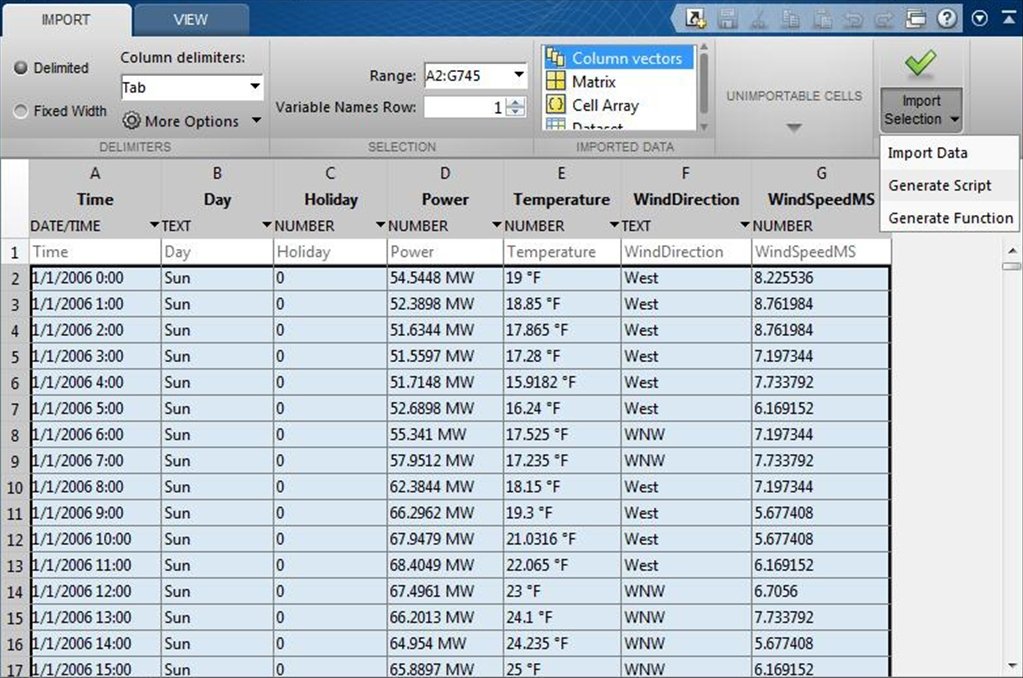
That is gauranteed to miss none of the 'true' maxima, but to give you more 'false' maxima than you can count (although your data looks pretty smooth!). PS You might also scan for all points higher than both neighbors in the whole band. You can find all the peaks you want, but that doesn't mean the data is worth squinting at. The peaks are output in order of occurrence. I do have some experience with peak analysis, so I will say this will help, not answer, the problem. A local peak is a data sample that is either larger than its two neighboring samples or is equal to Inf. Right_delta = some fraction of the difference between C's y-value and B's y-value Left_delta = some fraction of the difference between A's y-value and C's y-value Right_of_graph = part of graph from C to B I will assume that the third dimension is time, otherwise the search for minimum would not make any sense. A local peak is a data sample that is either larger than its two neighboring samples or is equal to Inf. 2 It is not clear how your variable signal (3D) is orientated. something like (I repeat, illiterate) left_of_graph = part of graph from A to C Description example pks findpeaks (data) returns a vector with the local maxima (peaks) of the input signal vector, data. Looking for numerical methods for finding local maxima and minima of a function Asked 11 years, 11 months ago Modified 11 years, 11 months ago Viewed 15k times 4 In derivative, If f(x) f ( x) is rising at f(x) f ( x) 0, there's a local minima in f(x) f ( x). Share Improve this answer Follow answered at 18:01 memyself 11. I'm not MATLAB literate, but if the 'tabs' are subtables, then perhaps you can manipulate them to create other subtables. at 21:43 Add a comment 4 Answers Sorted by: 2 assuming your signal is a vector x, just do maxvalue, indexnumber max (x) maxvalue will be the biggest value and indexnumber will be the index number of your original vector x. How can I calculate point D in these cases? Intensity values for below graph below is given as: intensity_info =[29.3424Īnd Point A ,B and C calculated in same manner as above. As seen from graph below point C can also lie in the left of point D and in this case if we come down from point B intensity decrease and at D there is slight increase in intensity. Computing the first derivative of an expression helps you find local minima and maxima of that expression. if we come down from point A intensity decreases but at point D there is slight increase in intensity).

I want to calculate point D (where there is sight increase in intensity value i.e.
Local max matlab code#
Peakdet.m matlab code can be found here: ( ). I also have information of point A, B and C which is calculated by : = peakdet(intensity_info, 1) % maxtab has A and B information and

I have intensity points which is marked as pink in above plot, and these are stored in variable and is given as intensity_info =[ 35.9349


 0 kommentar(er)
0 kommentar(er)
